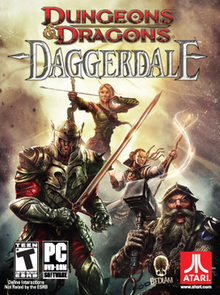A board can introduce a solitary activity or numerous activities. The degree and nature of movement in a board can be named development or balance, expansive or unpretentious, quick or slow. Movement can be delivered, by speed lines, rehashed figures, and so forth, or inferred, by a figure or item involving an unexpected space in comparison to it involved in the past board. Suggested movement is set up by embodiment decisions, however, acknowledged by conclusion also can seen in 툰코
Embodiment of Time

The way wherein time is exemplified controls the term of consideration and influences the pacing of the story. How much time embodied in a board can be a moment, a second, or on the other hand even an arrangement of occasions (what may be known as a succession board). A “perusing” of time depends on board size and board content. While there are numerous special cases and abuses, it isn’t unexpected genuine that the bigger the board, the more extended the period portrayed in the board. When building board content, a maker must know that a peruser faculties the measure of time passed dependent on their insight of what amount of time it requires to play out the activity portrayed.
Association of Verbal and Visual
Maybe the most critical and slippery component of comic book embodiment is the novel mix of words and pictures that should happen for the medium to convey effectively.
A significant thought of how the verbal and visual are exemplified is the correspondence of the words to the activity/scene. Inflatables or subtitles can be coordinated or offbeat with the image. There is likewise the thought of how the words relate to the term of the activity. When there are numerous discourse inflatables with a solitary picture “[…] the picture is suitable to just a portion of the discussion and the rest of the addresses lose sensational power since they come up short on the story support of reasonable going with visuals” (Harvey 188). Funnies researchers Reinhold Reitberger and Wolfgang Fuchs offer an overall guideline for the mix of words and pictures in comic books: “The main rule for any comic is that the text should be held inside the image” (25).
Encoding: Design
Working at a more extensive degree of account breakdown, design concerns the relationship of a single typified board to the progression of boards, to the entirety of the page, and the entirety of the story. Since it works past the single board, the format can be depicted by syntagms. A syntagm is a design by which signs join and associate to shape a significant unit of correspondence. There are three syntagmatic designs associated with the format. The spatial syntagm manages the size and situating of boards. The arrangement syntagm manages the connections between the account units of board, scene, and arrangement. For the model, is it essential to check out the number of boards is utilized to exemplify a scene or arrangement? Should the number of boards utilized demonstrate the centrality of a scene to the story? The juxtaposition syntagm concerns a board’s relationship with the boards that continue it and the boards that follow it. These syntagms work as levels of “language” that make comic book correspondence understandable and significant to the peruser.



